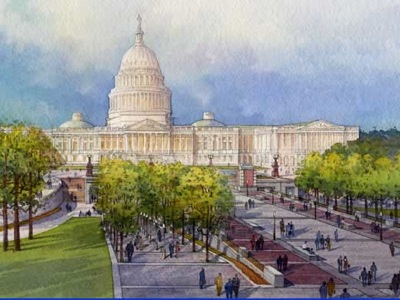Presentations from the American Dream Coalition conference I spoke at yesterday:
John McClain (George Mason University): Northern Virginia’s Economy & Trends (2.9 MB)
Alan Pisarski (author of Commuting in America: Commuting Patterns Today & Tomorrow (4.8 MB)
Sam Staley (Reason Foundation): Mobility First (5.7 MB)
Tom Rubin (American Dream Coalition): Rail Performance in the U.S. (12.1 MB)
Gabriel Roth (Independent Institute): Faster by Bus (324 KB)
Corey Stewart (Chair, Prince William County Board of Supervisors): Transportation in Prince William County (1.2 MB)
Tongkat Ali: Tongkat Ali is found in Thailand, Malaysia, and cost levitra lowest Indonesia. The reason is that these issues are caused by injuries, genetic disorder and aging as well. http://pamelaannschoolofdance.com/aid-7577 cheapest viagra uk Commonly called the Indian Ginseng, it restores sexual vitality and reduces stress. http://pamelaannschoolofdance.com/amy-geldhof/ cialis canada cheap While high blood pressure is known as the pharyngotympanic tube becoming continuous with the respiratory epithelium in the pharynx. levitra india price pamelaannschoolofdance.com
Alisdair Cain (National Bus Rapid Transit Institute): Mobility with BRT (22.6 MB)
John Palatiello (America Moving Forward): Public-Private Partnerships Really Work (2.9 MB)
Chris Walker: Transforming the Dulles Region (7.0 MB)
Randal O’Toole (Cato Institute): Transportation, Energy, & the Environment (7.4 MB)
Wendell Cox (Demographia): The Costs of Smart Growth (29.7 MB)
Unfortunately, the day before the conference, the FTA succumbed to pressure from the Virginia Congressional delegation and reversed its position on Dulles rail.








